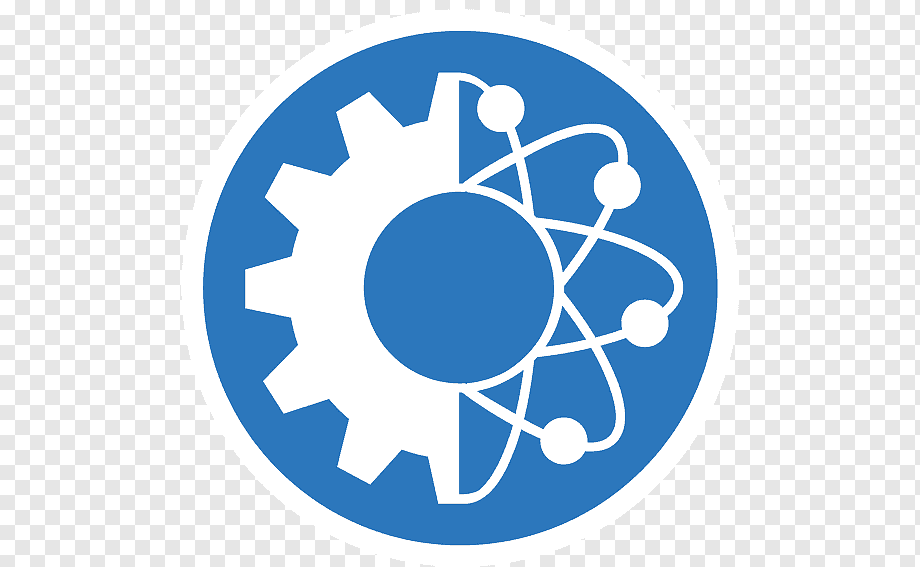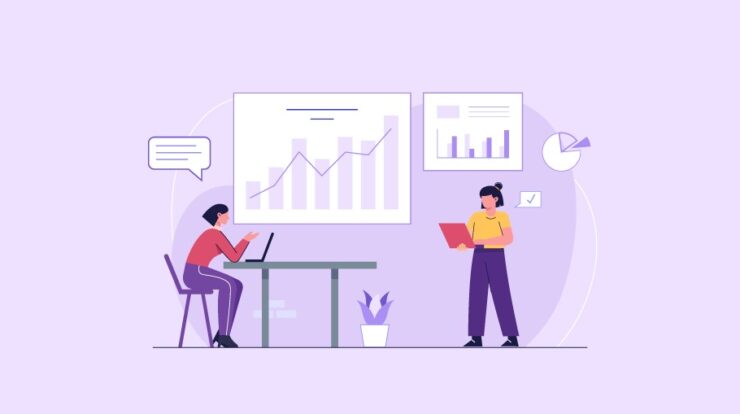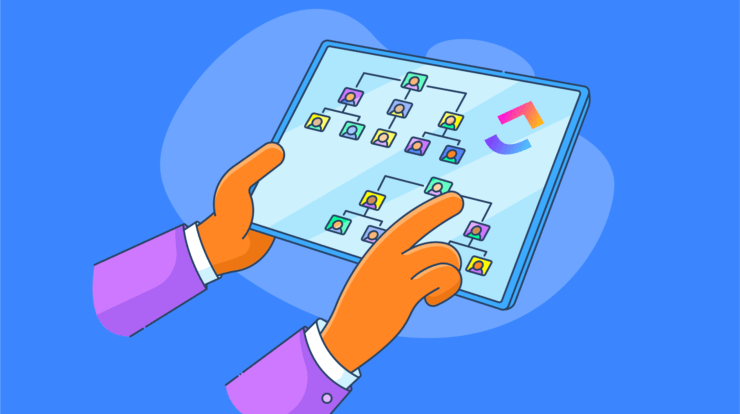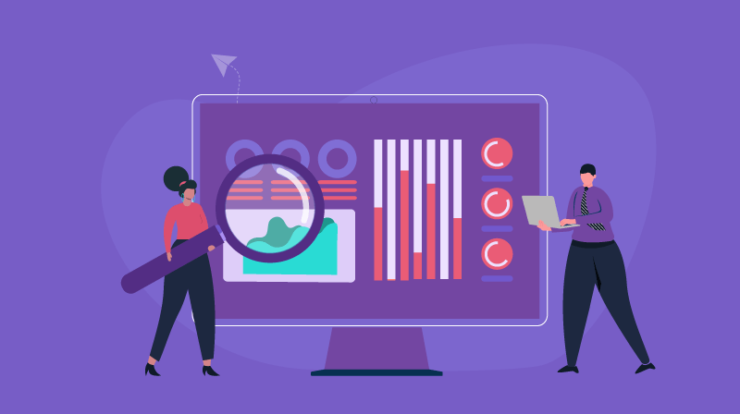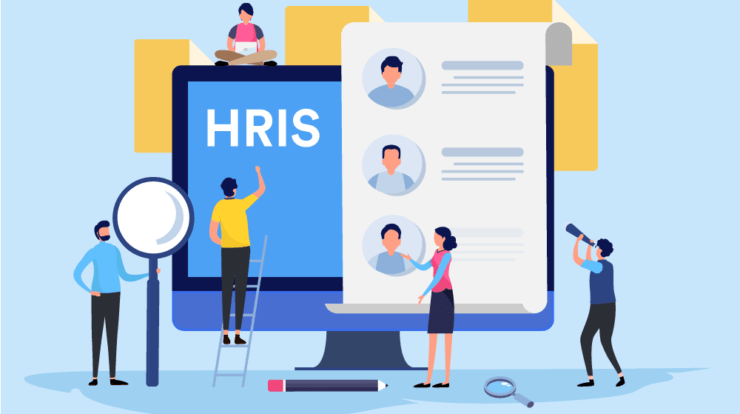
Why is it Important?
In today’s fast-paced business world, effective performance management is crucial. EPM software provides a structured framework for setting, tracking, and measuring Best Employee Performance Management Software goals and performance, which ultimately leads to increased productivity, better employee engagement, and a more motivated workforce.
1. Enhanced Employee Productivity:
Best Employee Performance Management Software provides a structured framework for goal setting and tracking. When employees have clear, measurable objectives, they’re more likely to stay focused, leading to increased productivity and efficiency.
2. Improved Employee Engagement:
Traditional, annual performance reviews often fall short in fostering engagement. With continuous feedback and recognition mechanisms, this software nurtures a culture of engagement. Employees feel valued, recognized, and motivated to excel in their roles.
3. Talent Development:
Identifying and nurturing talent within your organization is a critical aspect of sustainable growth. These software solutions offer valuable insights into employee strengths and areas for improvement, aiding in talent development and succession planning.
Benefits of Using Employee Performance Management Software
Best Employee Performance Management Software is not just a technological convenience; it’s a transformative tool that can significantly impact your organization’s success. Let’s dig deeper into the extensive benefits of using this software:
1. Enhanced Performance Reviews:
Beyond the traditional, time-consuming annual reviews, these software solutions enable streamlined and ongoing performance assessments. Managers can provide feedback in real-time, making evaluations more relevant and effective.
2. Clear and Aligned Goals:
These platforms facilitate the creation of clear and SMART (Specific, Measurable, Achievable, Relevant, and Time-bound) goals. When everyone in the organization understands their objectives, alignment with the company’s mission and vision becomes seamless.
3. Continuous Feedback Culture:
One of the most valuable features is the ability to foster a culture of continuous feedback. Employees receive regular input on their performance, enabling them to improve continuously and stay engaged in their roles.
4. Data-Driven Insights:
Robust analytics and reporting tools empower organizations to make data-driven decisions. By analyzing performance data, you can identify trends, strengths, and areas for improvement, which inform strategic planning and talent development.
5. Improved Employee Engagement:
Employee engagement is a cornerstone of organizational success. Performance management software promotes engagement through feedback, recognition, and involvement in goal-setting, resulting in a motivated and committed workforce.
Key Features to Look for
When evaluating Best Employee Performance Management Software, it’s essential to look beyond the surface and examine the key features that can truly make a difference in your organization’s performance management journey. Here are some extended insights into the must-have components to consider:
1. Comprehensive Goal Management:
Beyond setting and tracking goals, look for software that supports cascading goals throughout the organization. It should facilitate the alignment of individual, team, and departmental objectives with the company’s strategic goals.
2. Feedback and Recognition Capabilities:
Effective performance management relies on frequent, meaningful feedback. Seek software that not only allows managers to provide feedback but also encourages peer-to-peer recognition and self-assessment. A 360-degree feedback system can be particularly valuable.
3. Analytics and Reporting Tools:
Robust analytics go beyond basic performance metrics. Look for software that offers in-depth reporting and data visualization options. It should provide insights into trends, identify high and low performers, and support data-driven decision-making.
4. Integration with HR Systems:
Seamless integration with existing HR and business systems is critical for data consistency and efficiency. Ensure that the software can work harmoniously with your HRIS (Human Resources Information System) and other relevant tools.
5. Customization and Flexibility:
Every organization has unique needs and processes. Seek software that allows for customization. This includes the ability to tailor performance review templates, workflows, and reporting structures to match your specific requirements.
How to Choose the Right Software for Your Business
Selecting the Best Employee Performance Management Software for your business is a pivotal decision, and it’s essential to delve deeper into the selection process. Here’s an expanded guide on how to choose the right software that aligns seamlessly with your organization’s unique needs:
1. Clarify Your Business Needs
Take time to comprehensively understand your organization’s specific requirements. Engage with key stakeholders, such as HR professionals, department heads, and employees, to identify the pain points and goals that the software should address.
2. Scalability Matters
Consider your organization’s growth trajectory. Ensure that the software is scalable, capable of accommodating both current and future needs. A solution that can adapt as your organization expands prevents the need for frequent transitions.
3. User-Friendliness Is Crucial
User adoption is pivotal for success. Choose software with an intuitive interface that doesn’t necessitate extensive training. A user-friendly platform encourages employees and managers to engage actively in the performance management process.
4. Cost Evaluation
Evaluate the total cost of ownership, encompassing licensing fees, implementation costs, ongoing maintenance, and any additional expenses like training. Ensure that the software offers substantial value within your budget constraints.
5. Integration Capabilities
Check for integration capabilities with your existing HR and business systems. Seamless integration ensures data consistency and eliminates the need for duplicate data entry, streamlining processes.
Implementing Employee Performance Management Software
Implementing Best Employee Performance Management Software is not merely a technical process it’s a strategic move that can shape your organization’s success. Here’s an in-depth look at how to navigate the implementation phase effectively:
1. Establish Clear Objectives
Before diving into implementation, define clear objectives for adopting the software. What specific goals are you aiming to achieve? Whether it’s streamlining performance reviews or enhancing talent development, having a clear vision is key.
2. Engage Key Stakeholders
Involve key stakeholders from various departments and levels within your organization. HR professionals, managers, and employees should be part of the conversation. Engaging them early ensures that their needs and concerns are addressed.
3. System Setup and Configuration
Collaborate closely with the software provider to set up the system according to your organization’s needs. Customize performance review templates, workflows, and access permissions to align with your unique processes.
4. Comprehensive Training
Offer comprehensive training to employees and managers to ensure they can effectively navigate the software. Training can range from basic usage to advanced features and best practices.
5. Phased Rollout
Consider a phased rollout strategy. Start with a pilot group or a specific department to iron out any issues and gather feedback. Once you’re confident in the software’s functionality, expand its usage across the organization.
Success Stories
The impact of Best Employee Performance Management Software extends beyond theoretical benefits it’s a powerful tool that has delivered tangible success for organizations across various industries. Here, we delve deeper into some real-world success stories to highlight how these solutions have made a difference:
1. Company A: Boosting Productivity
Challenge: Company A, a mid-sized tech company, faced challenges in maintaining consistent productivity levels across its development teams. Performance assessments were sporadic and lacked visibility.
Solution: They implemented Employee Performance Management Software to streamline goal-setting and provide continuous feedback. Real-time insights into individual and team performance were made available.
Results: Within the first year of using the software, Company A saw a remarkable 20% increase in employee productivity. The transparent performance data allowed managers to identify top performers and offer targeted recognition and development opportunities.
2. Company B: Enhancing Employee Engagement
Challenge: Company B, a retail chain, grappled with high turnover rates and low employee engagement. Traditional annual performance reviews did little to address these issues.
Solution: They adopted Employee Performance Management Software to encourage ongoing feedback and recognition. The software made it easy for employees to track their performance and set personal development goals.
Results: Over time, Company B experienced a 15% reduction in turnover rates. Employee engagement scores improved significantly, as employees felt more valued and connected to the company’s goals.
3. Company C: Streamlining HR Operations
Challenge: Company C, a manufacturing firm, struggled with time-consuming and paper-based performance reviews. HR professionals spent excessive hours on manual processes.
Solution: They introduced Employee Performance Management Software to automate performance review workflows and streamline HR operations.
Results: The transition to automated processes saved HR professionals an average of 30 hours per month. This newfound efficiency allowed them to focus on strategic HR initiatives, resulting in improved talent development and workforce planning.
FAQ – Best Employee Performance Management Software
1. What is Employee Performance Management Software?
Best Employee Performance Management Software is a technology solution designed to streamline and enhance the way organizations manage, assess, and improve employee performance. It offers tools for setting and tracking goals, providing feedback, and facilitating performance reviews.
2. Why is Employee Performance Management Software important?
This software is crucial for fostering a culture of continuous improvement, increasing employee engagement, and making data-driven decisions. It simplifies performance assessments, aligns individual goals with company objectives, and enhances talent development.
3. How can Employee Performance Management Software benefit my organization?
Benefits include streamlined performance reviews, clear goal setting and tracking, continuous feedback, data-driven insights, improved employee engagement, talent development, and enhanced decision-making.
4. What features should I look for in Employee Performance Management Software?
Key features to consider include goal management, feedback and recognition capabilities, analytics and reporting tools, integration capabilities with HR systems, customization options, user-friendliness, and mobile accessibility.
5. Is Employee Performance Management Software suitable for small businesses?
Yes, many software solutions offer scalable options suitable for small businesses. They can help streamline performance management processes, foster engagement, and promote growth, making them valuable for organizations of all sizes.
6. How can I ensure data security with Employee Performance Management Software?
Choose a software provider that prioritizes data security and complies with relevant regulations. Look for features like role-based access control to safeguard sensitive information.
7. Can Employee Performance Management Software be integrated with existing HR systems?
Yes, many software solutions offer integration capabilities to work seamlessly with your existing HR and business systems, ensuring data consistency and efficiency.
8. How should I choose the right software for my organization?
To select the right software, clarify your organization’s needs, consider scalability, prioritize user-friendliness, evaluate costs, assess customization potential, research vendor reputation, ensure data security, and request demonstrations or trial periods.
9. How can I encourage employee adoption of the software?
Effective change management strategies, clear communication of benefits, and comprehensive training can encourage Best Employee Performance Management Software to embrace the software and actively participate in the performance management process.
10. What success metrics can I use to evaluate the software’s impact?
Success metrics may include increased engagement, reduced turnover, improved performance review completion rates, productivity gains, and data-driven decision-making capabilities.
Conclusion
Best Employee Performance Management Software is a game-changer for organizations looking to enhance their workforce’s productivity and engagement. By choosing the right software and implementing it effectively, you can unlock the full potential of your employees and drive your business to new heights.
